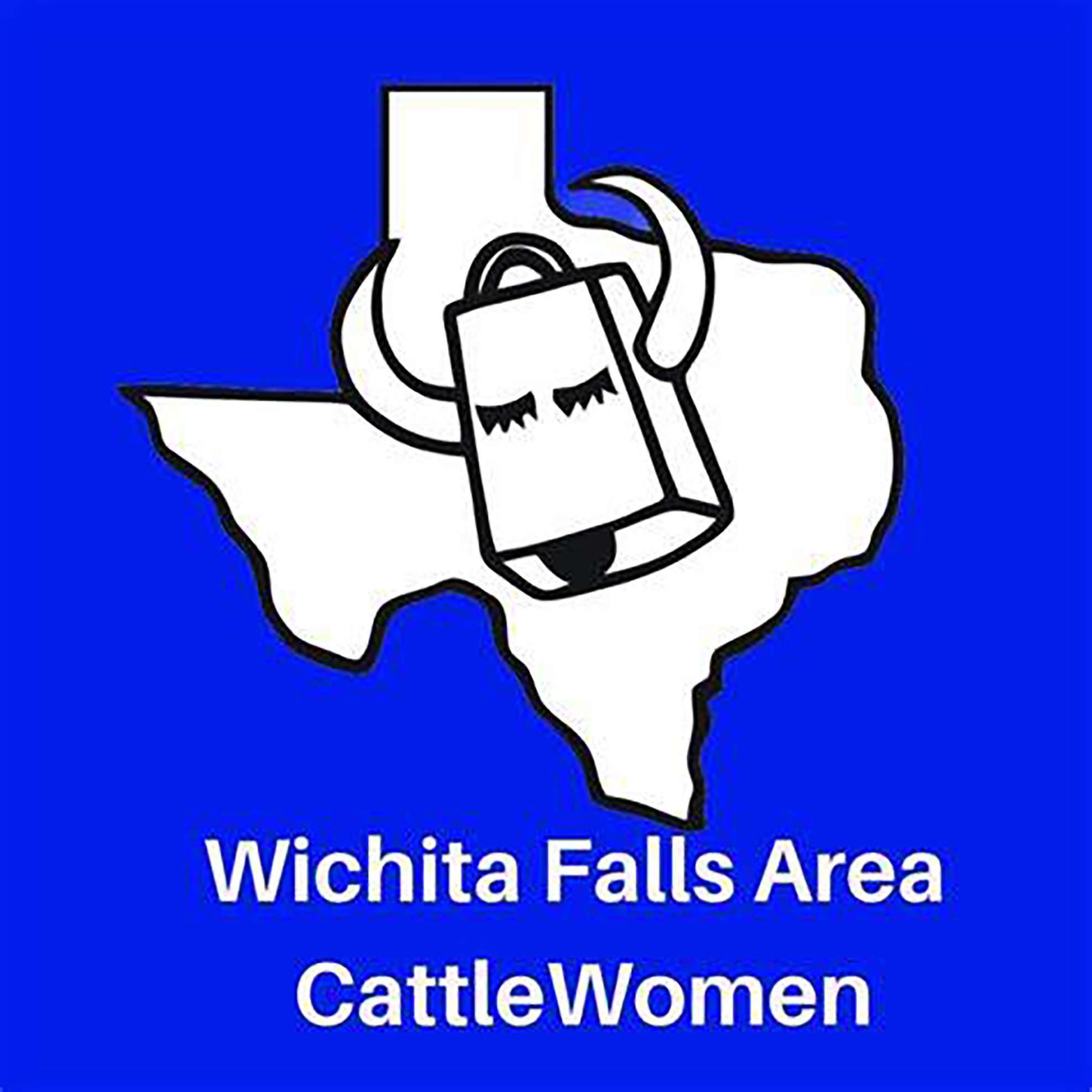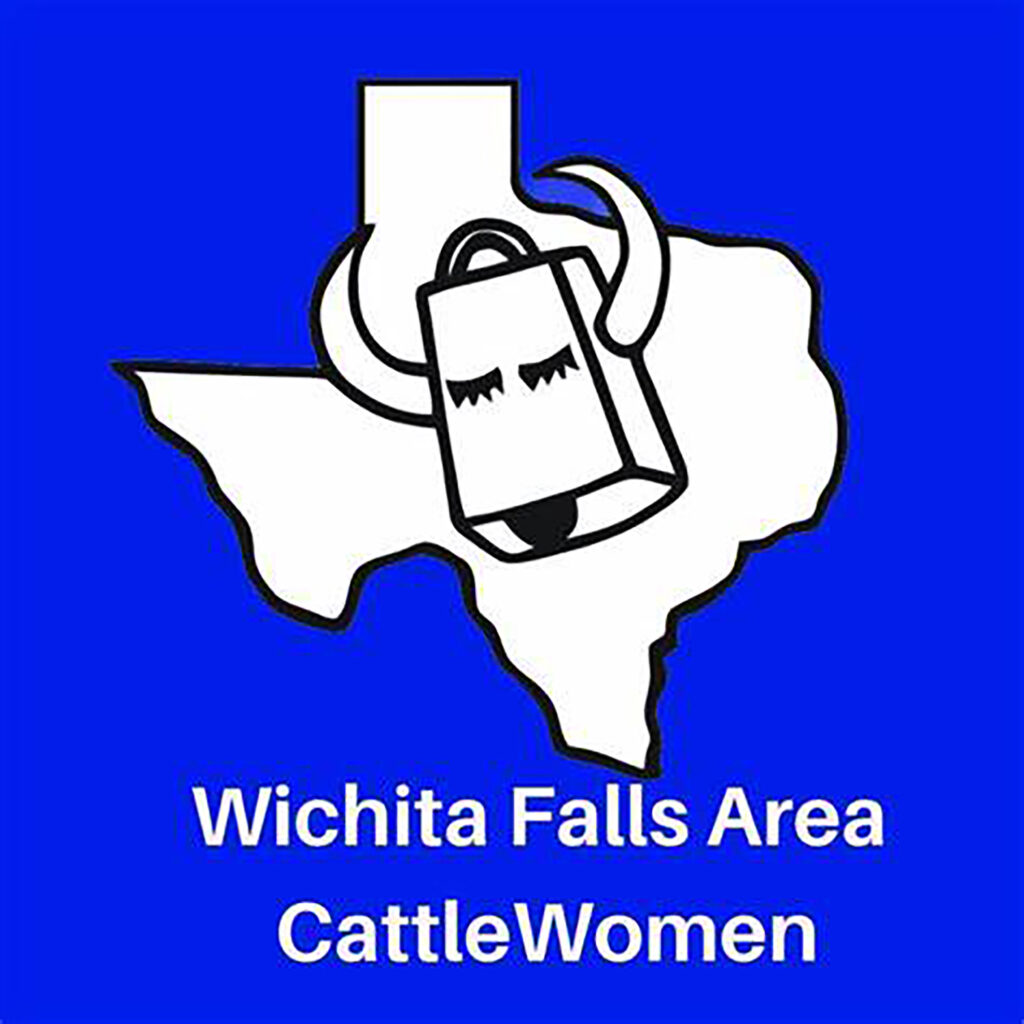HOME
Confessions of a Hunter – Watchmen of the Woods and a Pesky Critter

By Andy Anderson
Every year hunters enter the woods, quiet and easy so as not to disturb the serenity and stillness, carefully entering the stand or climbing into the tree stand so as not to alert the resident animals to the hunter’s presence. But, there is one critter that always busts you and terrorizes you relentlessly and sounds like a monster on the forest floor.
I had a new tree stand set up overlooking a food plot and feeder. Tucked back into the wood line and covered in burlap camo, the stand was well concealed yet provided a clear line of sight to all my target areas. Getting up to it was easy. I cut a clear path and mowed the tall vegetation down to assist in easy, undetectable access to the stand. I put a lot of work into this spot in hopes it would pay off with a harvest of a nice buck. I believed I had thought out and prepared for everything, or so I thought.
It was opening day of rifle season. I made my way into the stand a good 45 minutes before sunrise. I got settled in, and as I was watching dark turn to light, the woods began to awake. Birds started chirping and flying around, a cool breeze started to pick up and then I heard him: right above me, the distinct scratching and sounds of a squirrel emerging from its slumber. Bounding from limb to limb, nickering and bantering with other squirrels, he was making an awful racket.
Suddenly and without warning, an acorn bounces off my head. Thinking nothing of it, I continue to watch for deer. Next thing I hear is this squirrel coming down the tree from above me and on to a limb just above my head and to the left. It gets quiet for a minute. Then I hear him slowly working his way down the limb into my field of view. He turns where he is now staring at me. We make eye contact and all of a sudden, he goes berserk! That crazy squirrel starts screaming and chattering and running all over the tree. Acorns begin to rain down on me. I look up and realize he’s not happy with me in his tree. He’s not just unhappy, he’s mad.
To read more pick up a copy the December 2018 NTFR issue. To subscribe call 940-872-5922.
HOME
Preparing Spring Gardens

By Hannah Claxton | Editor
The North Texas area is located within USDA Hardiness zones seven and eight. The zones are categorized by predicted low temperatures for winter and timing of the first and last frosts.
Zone seven usually has winter low temps between 0 and 10 degrees F with the average date of the first frost falling between Oct. 29 and Nov. 15 and the average date of the last frost falling between March 22 and April 3.
Overall, these two zones have similar climates and growing conditions, making the options for timing and variety within a garden very similar.
In these zones, cool-season crops should go in the ground in March, meaning that soil preparation should start now.
To read more, pick up a copy of the January edition of North Texas Farm & Ranch magazine, available digitally and in print. To subscribe by mail, call 940-872-5922.

HOME
Equine Vaccinations

By Heather Lloyd
Vaccinations are a critical component of maintaining the health and well-being of horses, especially in environments where they are exposed to other animals, such as in the sport, show and performance arenas. Horses, like all animals, are susceptible to various infectious diseases that can spread quickly and cause serious harm.
A routine vaccination schedule helps prevent the spread of these diseases by preparing the horse’s immune system.
To read more, pick up a copy of the November edition of North Texas Farm & Ranch magazine, available digitally and in print. To subscribe by mail, call 940-872-5922.

HOME
Wichita Falls Area Cattlewomen

Having herds on a controlled breeding schedule means that we have a predictable calving schedule, and while it’s only over a couple of months, for us it does fall right after the start of the year. I lobby annually to call ours the “Winter calving season”, but I am outvoted and my husband still refers to it as Spring. Unlike producers in our Northern States, we don’t have to contend with brutally harsh winter weather, and on those rare times we do, thankfully it is not for extended periods. Regardless of whether you have a Spring or a Fall calving schedule, the health of a newborn calf begins with the mother’s health, and the mother’s health is largely dependent on the producer.
To read more, pick up a copy of the November edition of North Texas Farm & Ranch magazine, available digitally and in print. To subscribe by mail, call 940-872-5922.

-

 Country Lifestyles2 years ago
Country Lifestyles2 years agoScott & Stacey Schumacher: A Growth Mindset
-

 Country Lifestyles8 years ago
Country Lifestyles8 years agoStyle Your Profile – What your style cowboy hat says about you and new trends in 2017
-

 HOME8 years ago
HOME8 years agoGrazing North Texas – Wilman Lovegrass
-

 Outdoor10 years ago
Outdoor10 years agoButtercup or Primrose?
-

 Country Lifestyles5 years ago
Country Lifestyles5 years agoAmber Crawford, Breakaway Roper
-

 Equine1 year ago
Equine1 year agoThe Will to Win
-

 Country Lifestyles9 years ago
Country Lifestyles9 years agoJune 2016 Profile – The man behind the mic: Bob Tallman
-

 Country Lifestyles8 years ago
Country Lifestyles8 years agoDecember 2016 Profile, Rusty Riddle – The Riddle Way




